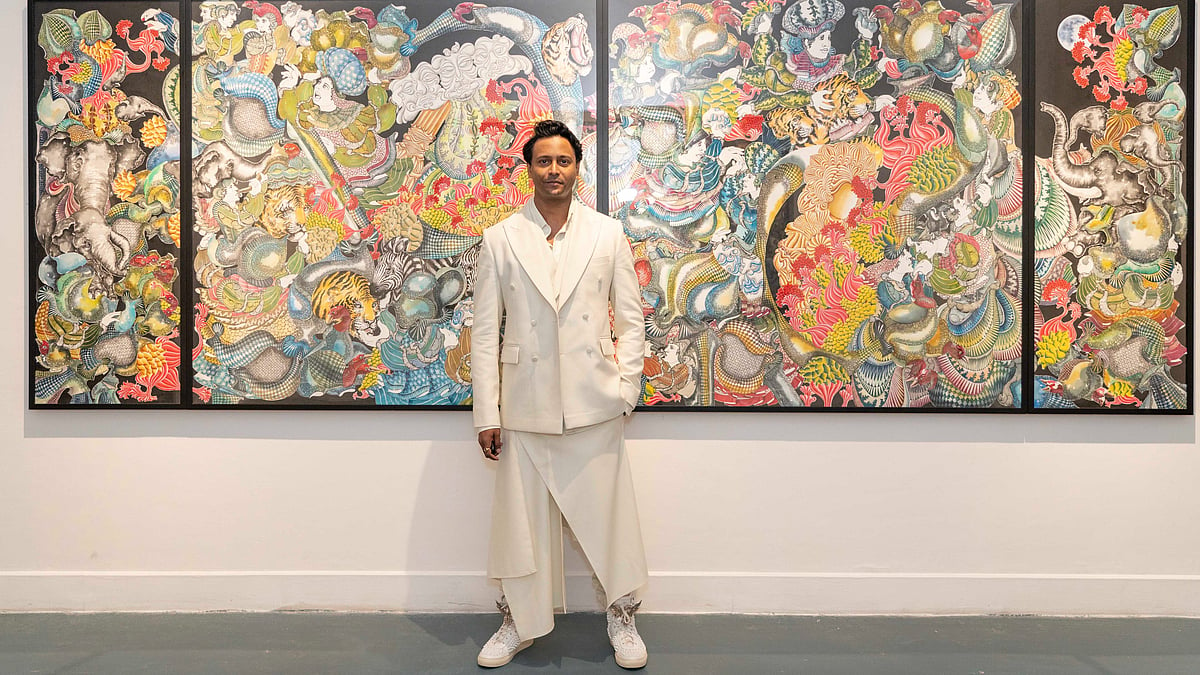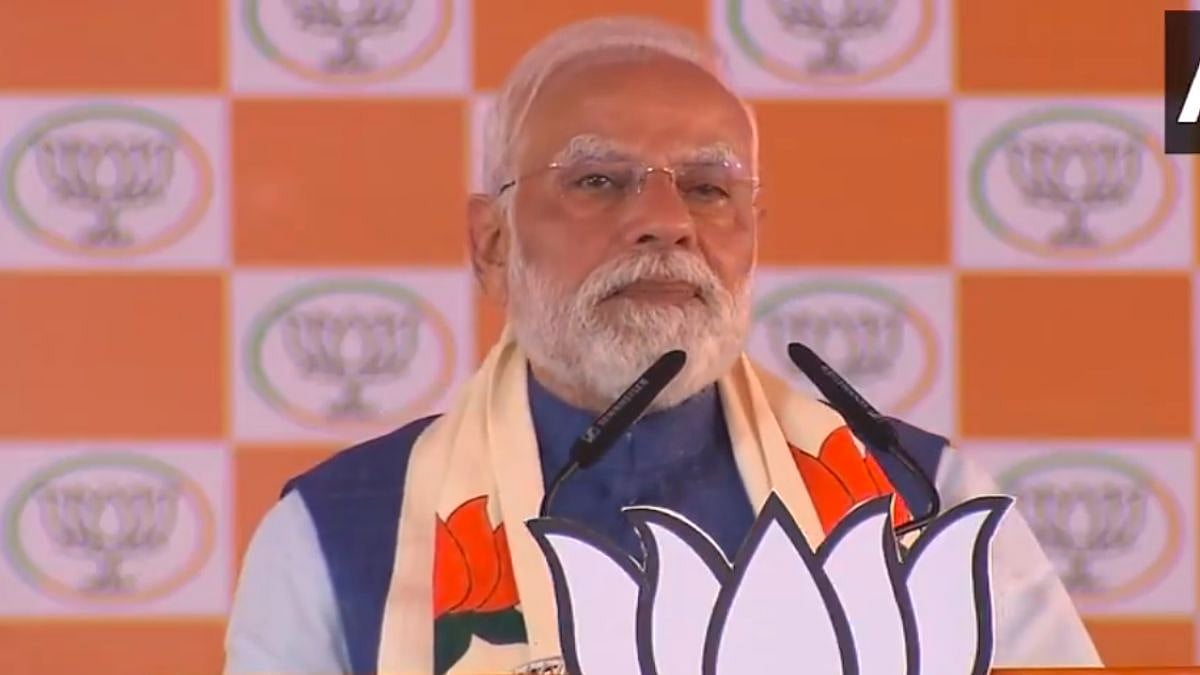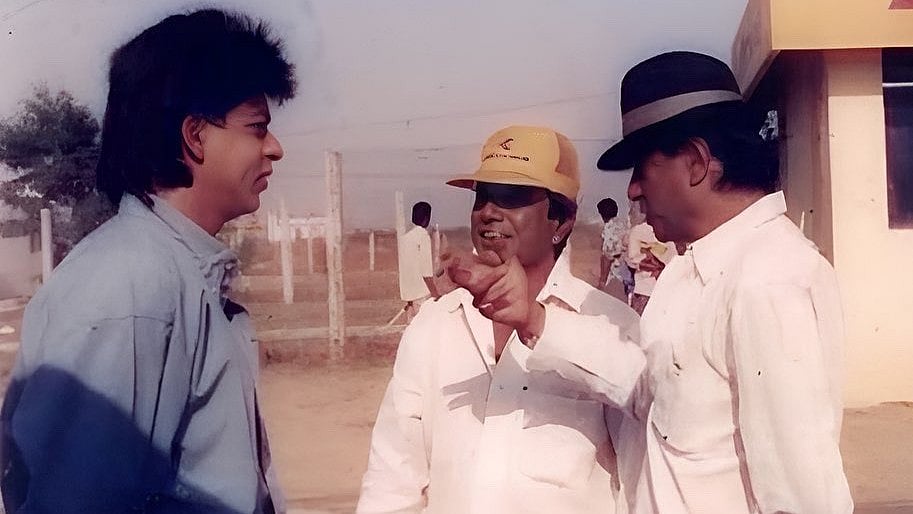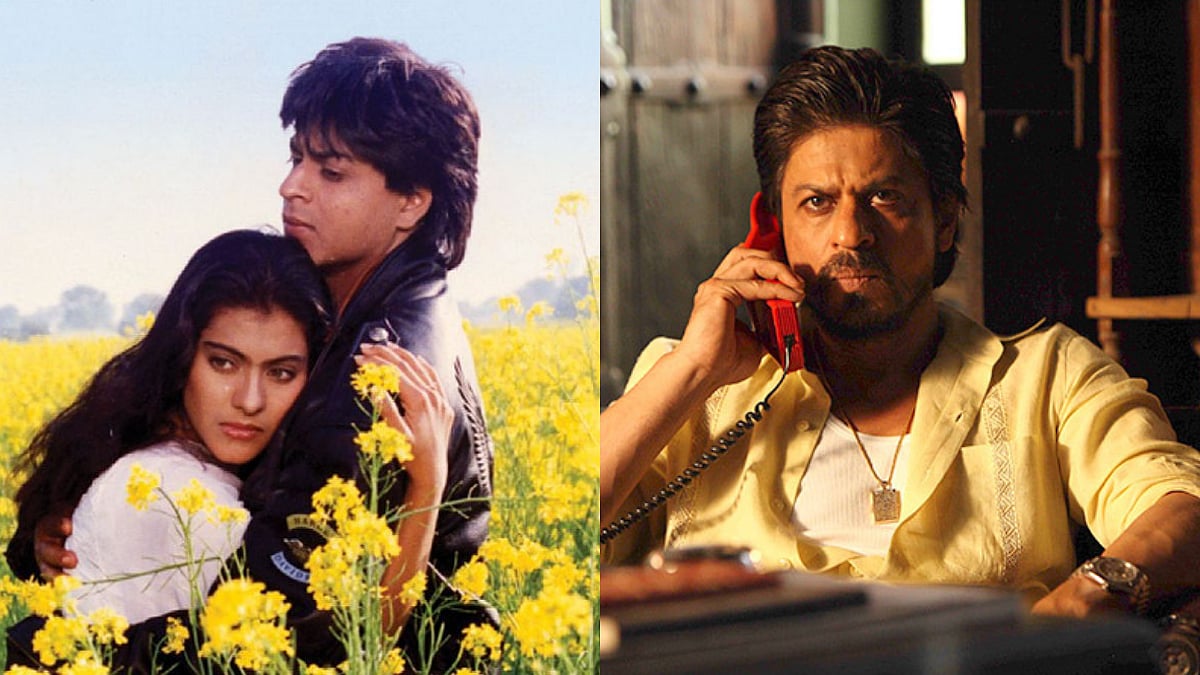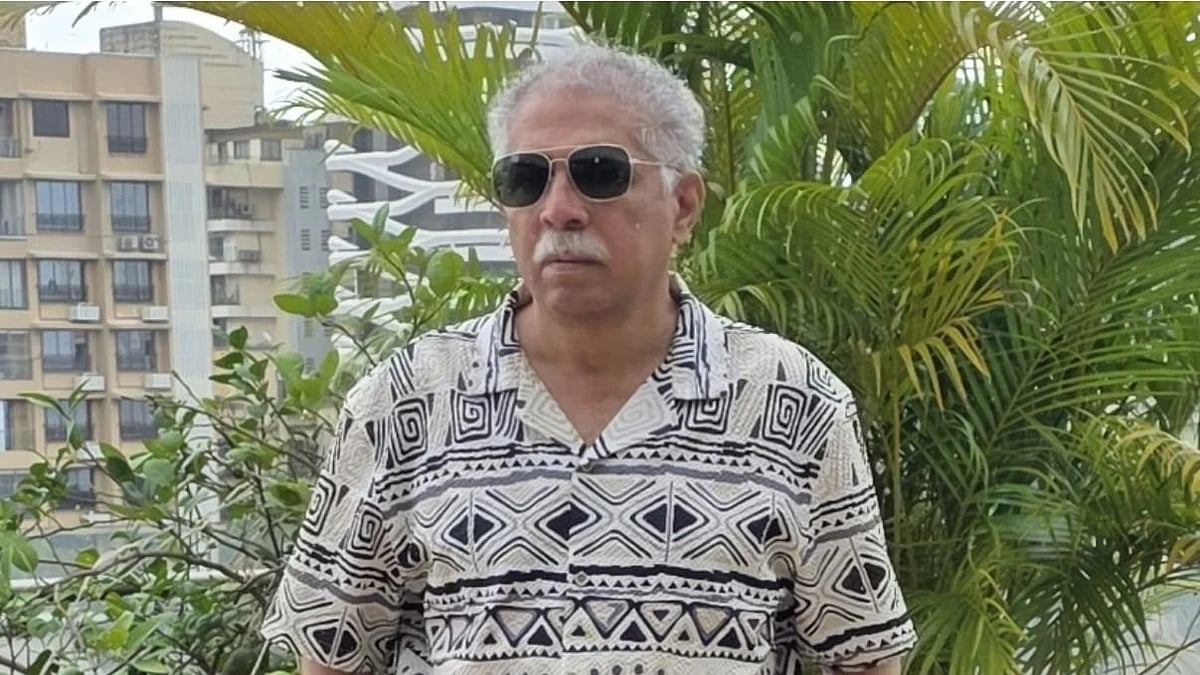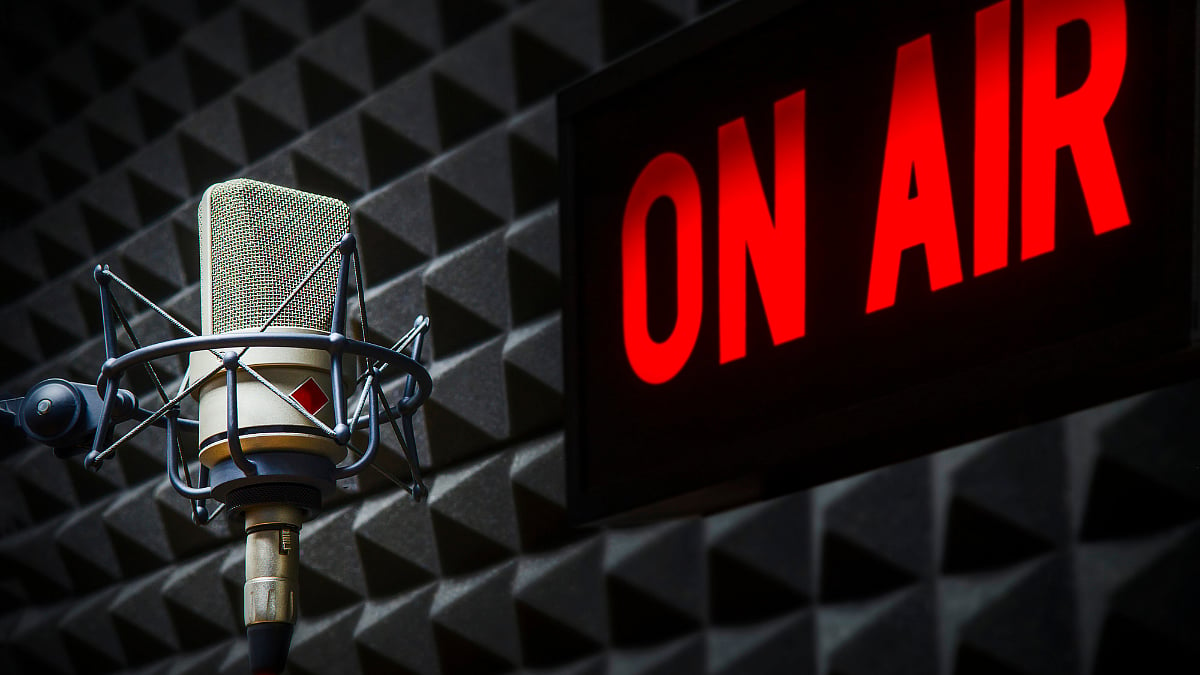Nandan Purkayastha is a self-taught artist. Though he would have liked to pursue art as education, his circumstances restricted hi. However, the passion stayed and today he is geared up to present his solo exhibition of inticate work 'Continuum', at the prestigious Auditorium in Jehangir Art Gallery.
Presented by Sanchit Art Gallery, this watercolours will be on display till November 10th. The Free Press Journal had a chat with the artist.
Excerpts from an interview:
What attracted you to this form of art?
What has always drawn me to this form of art is the way it balances simplicity within complexity. I’ve been fascinated by how a single line or gesture can carry centuries of emotion, memory, and ritual. My journey has always been about finding rhythm between tradition and evolution, between the earthiness of mythology and the precision of modern design. The process feels meditative, like decoding stories that already exist within the material. What attracts me most is this continuum: that art can flow freely between the ancient and the contemporary, between structure and spirit, while still feeling alive in the present moment.
Which is your preferred medium, base and why?
I mostly work with watercolour and ink as they allow both control and spontaneity. Watercolour gives me transparency and softness, like breathing colour into the paper, while ink brings precision and permanence, almost like carving thought into form. Together they create a dialogue between fragility and strength. I enjoy working on paper or textured surfaces that absorb and reveal layers of emotion, as if they hold the pulse of time itself. These mediums let me play with fluidity much like the shifting balance between tradition and technology that defines my work.
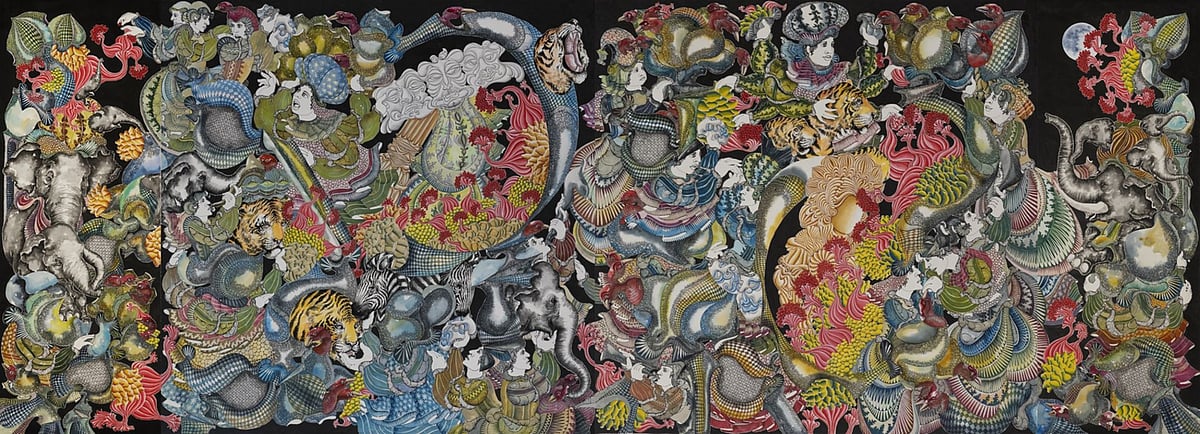
Intricate traditional images often represent mental state. Do you agree? If yes, why?
Absolutely. Such intricate forms are not just decorative, they mirror the inner movement of the mind. When I work on detailed traditional imagery, I feel a kind of creative excitement that borders on meditation. Every line, every motif is a reflection of an emotional rhythm, an unfolding thought. The act of repetition and refinement becomes a conversation between order and chaos, calm and intensity much like the state of mind that art itself evokes.

How do you decide to go monochrome or colourful? And why?
Both hold their own kind of charisma. I began my journey in monochrome, because Black and White taught me to value structure and silence and the space between gestures. Colour came later, as I wanted to explore different moods and energies within a composition. When I work in colour, it is not about decoration but emotion as each tone carries a psychological weight. So, whether monochrome or vibrant, the choice is intuitive…

The images are not just Indian but a medley or, if I may call, a collage of eastern mythological and some Indian traditional/mythological patterns.... can you elucidate that?
Since childhood, I’ve been deeply drawn to stories and symbols from Indian mythology to the sacred patterns and narratives I encountered during my travels across Asia. I’ve always been curious about how civilizations express devotion, fear, and beauty through design. My works merge these influences, where eastern iconography meets my own personal mythology. It’s an attempt to simplify beauty whether it’s from nature or man-made, and to find a shared visual language that transcends geography and time.
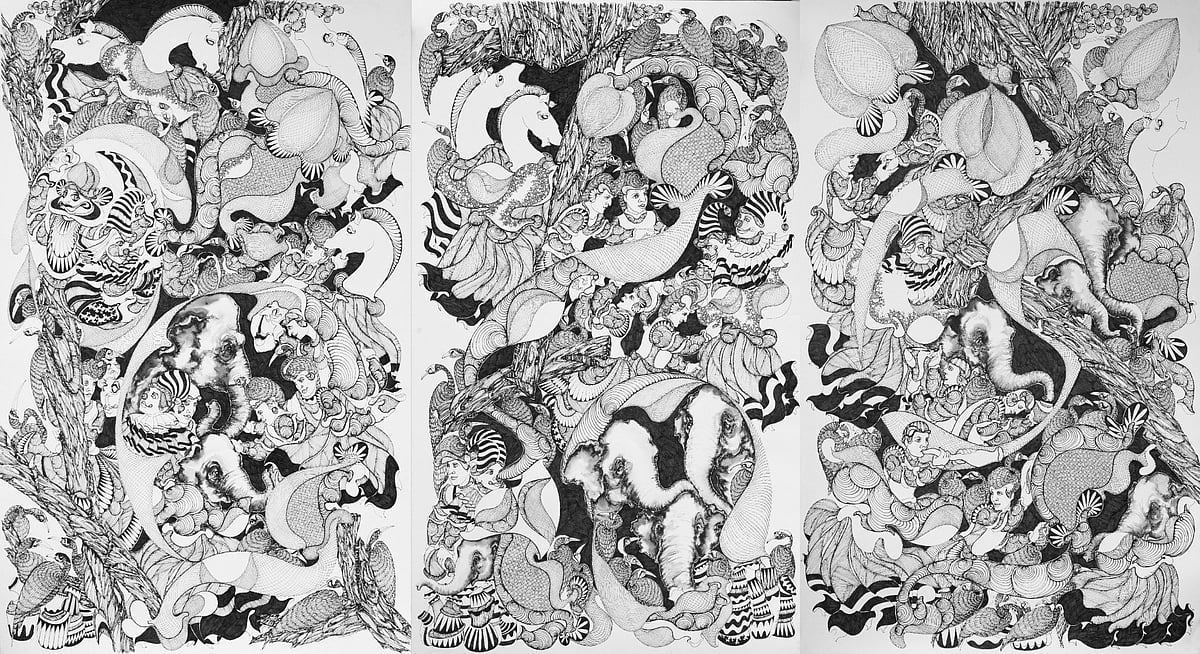
What music do you listen to when you paint?
I usually don’t plan music as part of the process. I’ve never relied on any external system while creating, it depends entirely on my mood. Sometimes I paint in silence; other times I might listen to something that matches the energy of what I’m working on. It could be anything classical, ambient, or even the rhythm of everyday sounds around me. For me, the act of creating already has its own music.
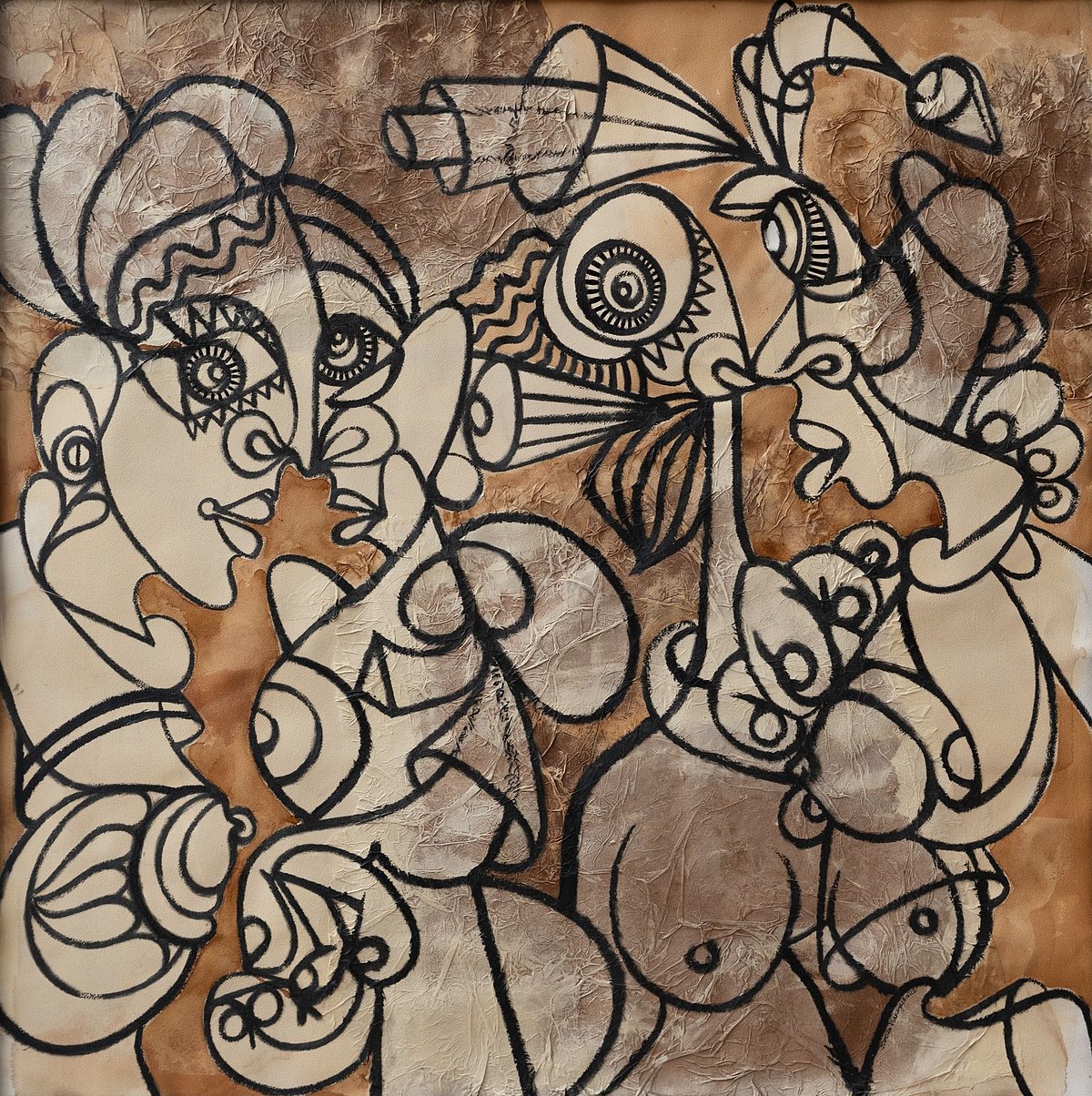
What are your educational qualifications?
I wanted to study art formally but couldn’t secure a place in a government art school at the time. So I pursued a background in design, which turned out to be a crucial detour. It taught me structure, composition, and the value of visual discipline. But my real education came from the observation of life and travel, and constant experimentation. Over time, I discovered the language that felt truly mine, and through it, the purpose I was meant to serve: to create, evolve, and leave behind a legacy through art.
